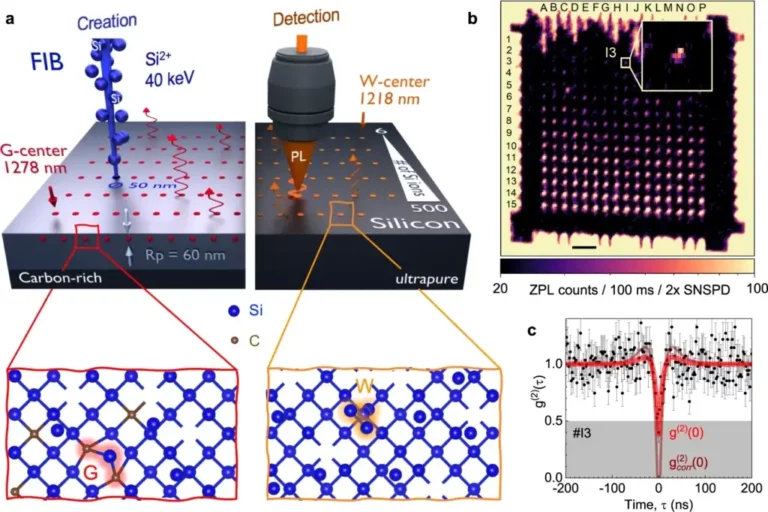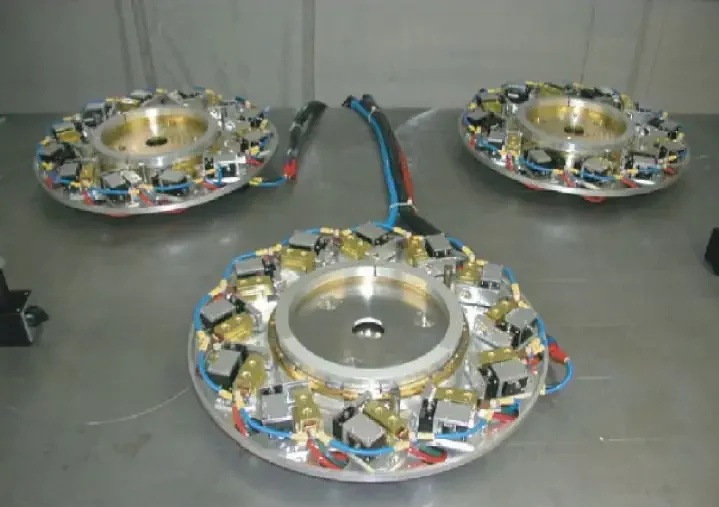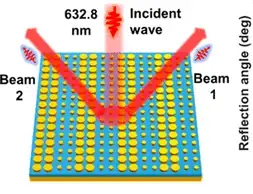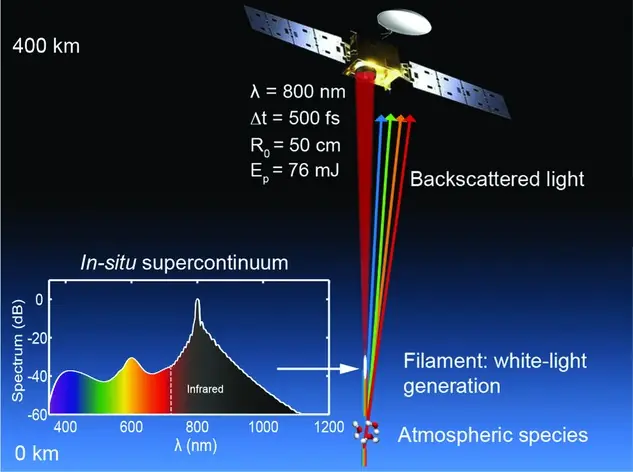Researchers Develop High-Efficiency Blue Laser for Advanced Bathymetric Lidar Ocean Exploration

A team of researchers has recently announced the successful development of a high-efficiency, nanosecond pulsed blue laser operating at 486.1 nm. They achieved this feat by utilizing a frequency quadrupled thulium-doped fiber amplifier (TDFA), marking the first time such a device has been implemented for this purpose. This achievement not only showcases the ingenuity and skill of the researchers involved, but it also paves the way for significant advancements in photon-counting bathymetric lidar technology, an essential tool for studying the world’s oceans.
The innovative blue laser system demonstrates a quadrupling efficiency of approximately 39%, placing it among the highest conversion efficiencies ever achieved for generating blue laser radiation from a 1.9 μm band. This development holds great promise for the future of oceanic research, as the short pulse width, excellent beam quality, and narrow spectral width of the 486.1 nm laser enable the creation of more advanced bathymetric lidar systems with longer penetration depths, higher resolution, and lower background noise. As a result, scientists will be better equipped to explore and understand the complex and often mysterious underwater world, paving the way for new discoveries and a deeper understanding of our planet’s oceans.
Blue Lasers: A Powerful Tool for Oceanic Research Using Bathymetric Lidar
Bathymetric lidar plays an increasingly significant role in oceanic studies, as it allows scientists to profile the water surface, water column, and ocean floor. This information is critical for understanding submarine topography, marine ecology, and physical oceanography. While green lasers have demonstrated their capabilities in littoral bathymetry, blue lasers in the range of 450 to 490 nm offer even greater potential for exploring the open ocean.
Blue lasers provide advantages over their green counterparts due to their better transparency, which results from reduced chlorophyll absorption. This characteristic is particularly beneficial when studying the pelagic zone, where water depths can reach thousands of meters. Additionally, blue lasers are less affected by scattering, which can distort measurements and impede accurate data collection.
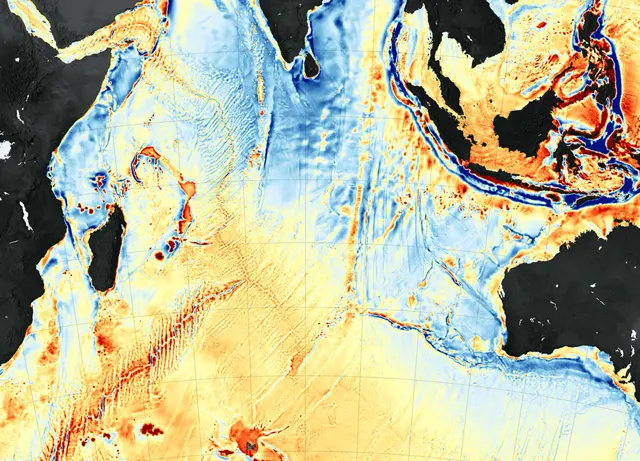
The 486.1 nm wavelength is particularly promising, as it coincides with the H-β Fraunhofer line. This special wavelength ensures that most in-band solar photons are absorbed by Earth’s atmosphere, leading to significantly lower background noise during lidar measurements. Lower background noise translates to improved accuracy and resolution, allowing researchers to collect more detailed and precise data.
The development of the 486.1 nm blue laser not only enhances the potential of bathymetric lidar technology but also promises to expand the capabilities of oceanographic research. By enabling scientists to collect more accurate data, blue lasers at this specific wavelength can help advance our understanding of complex marine ecosystems, facilitate better resource management, and contribute to the development of sustainable policies for the preservation of the world’s oceans.
the 486.1 nm Blue Laser
The team of researchers developed the innovative 486.1 nm blue laser by constructing a laser system based on a Tm-doped fiber amplifier (TDFA) and two periodically poled magnesium-doped lithium niobate (PPMgLN) crystals. They employed a distributed feedback (DFB) laser as the seed, meticulously tuning its central wavelength to 1944.4 nm. This precise tuning is possible thanks to the laser’s internal thermoelectric cooler (TEC), which can control temperature with an accuracy of 0.1 °C and a wavelength-temperature coefficient of approximately 0.1 nm/°C.
The laser system features a master oscillator power amplifier (MOPA) structured TDFA, which includes four stages of amplifiers that boost the output power of the DFB seed laser. This configuration enables the generation of pulse trains with a repetition rate of 1 MHz and a pulse width of 2.1 ns.
To convert the 1944.4 nm wavelength to the desired 486.1 nm, the researchers utilized two successive PPMgLN crystals for frequency quadrupling. This process involved two stages of frequency doubling, resulting in the generation of the fourth harmonic wave at 486.1 nm.
During the frequency quadrupling, the pulse width and spectral width of the laser decreased from approximately 2.1 ns and 0.24 nm, respectively, for the fundamental wave to around 1.55 ns and 0.06 nm, respectively, for the fourth harmonic wave. The laser system also maintained excellent beam quality (M2 ≤ 1.18), even when operating at the highest output power.
Measuring the TDFA’s Performance For Bathymetric Lidar
To evaluate the TDFA’s performance, the researchers first tested it without the frequency doubling units. The results showed a repetition rate of 1 MHz and a pulse width of 2.1 ns. With the inclusion of the frequency doubling units, they achieved a maximum average power of 0.78 W at the 486.1 nm wavelength under an incident power of 2 W at 1944.4 nm. This corresponds to a remarkable quadrupling efficiency of 39%, setting a new benchmark in the field. The successful demonstration of the TDFA-based 486.1 nm laser has the potential to revolutionize photon-counting bathymetric lidar technology.
Advancing Bathymetric Oceanic Study with a Novel Blue Laser
The successful development of the 486.1 nm blue laser showcases the first-ever demonstration of a Tm-doped fiber amplifier (TDFA) based laser at this particular wavelength, boasting an impressive quadrupling efficiency of 39%. This breakthrough holds immense potential for advancing the field of oceanic study, particularly for photon-counting bathymetric lidar technology.
Featuring a short pulse width, exceptional beam quality, and narrow spectral width, the novel blue laser will significantly enhance the capabilities of bathymetric lidar in investigating submarine topography, marine ecology, and physical oceanography. This new laser system promises to open up new avenues for exploring the depths of our oceans with improved precision, penetration depth, and reduced background noise.



